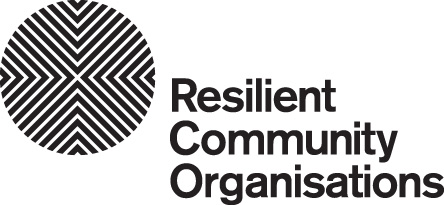Policies and Procedures for Disasters and Emergencies
Policies and procedures for disasters and emergencies are essential for every organisation.
Policies and procedures provide:
- a framework for action (within your organisation)
- decisions grounded in legitimate authority
- written documentation so the organisation can keep track of what’s agreed.
- a starting point for building understanding for everyone in the organisation
Policy creation is an ongoing process. It’s never finished.
Policy creation in organisations also sits within legislative, contractual and other wider framework within which your organisation operate (awards, legislation, Government policy etc.).
In relation to disasters and emergencies every organisation needs policies that cover all the elements in the Disaster Plan:
Step 1: Leadership
-
Mandate & approach
-
Objectives to be achieved
-
Roles: staff and volunteers
Step 2: Building Networks
-
Local Emergency Management Committee & Plan & Emergency services
-
Community organisations
-
Identifying vulnerable clients
Step 3: Know Your Risks
-
Past and possible future disasters and emergencies
-
Risk register (resources)
Step 4: Manage Your Risks
-
Prevention and Adaption
-
Risk Register (your organisation)
-
Business Continuity Plan
-
Insurance
-
Preparing for community recovery
-
Disaster and emergency policies and procedures
-
Triggers and key messages identified and communicated
Step 5: Preparing Others
-
Staff and volunteer awareness and knowledge
Step 6: Learning and improving
-
Testing, monitoring and reviewing
-
Learning and sharing
The Disaster Plan can itself be a starting point for organisational policies and procedures. Further details may be needed in the organisation’s policy and procedures manuals. Useful polices can include:
- Organisational mandate for disaster resilience
- Objectives to be achieved in the face of disasters and emergencies
- Relationships with local emergency management and services and associated processes (committee memberships etc.).
- Identifying vulnerable clients - Processes and systems
- Staff and volunteer disaster and emergency training
- Client disaster preparedness
As these policies are developed further detail can be added, for example:
- emergency procedures, including: an effective response to an emergency
- evacuation procedures
- notifying emergency service organisations at the earliest opportunity
- medical treatment and assistance, and
- effective communication between the person authorised to coordinate the emergency response and all people at the workplace
- testing of the emergency procedures—including the frequency of testing, and
- information, training and instruction to relevant workers in relation to implementing the emergency procedures.
Emergency policies and procedures should include the following types of practical information:
- emergency contact details for key personnel who have specific roles or responsibilities under the emergency plan, for example fire wardens, floor wardens and first aid officers
- contact details for local emergency services, for example police, fire brigade and poison information centre
- a description of the mechanisms for alerting people at the workplace to an emergency or possible emergency, for example siren or bell alarm
- evacuation procedures including arrangements for assisting any hearing, vision or mobility-impaired people
- a map of the workplace illustrating the location of fire protection equipment, emergency exits, assembly points
- triggers and processes for advising neighbouring businesses about emergencies, and the post-incident follow-up process, for example notifying the regulator, organising trauma counselling or medical treatment.
- Procedures for testing the emergency plan including the frequency of testing must be included.





